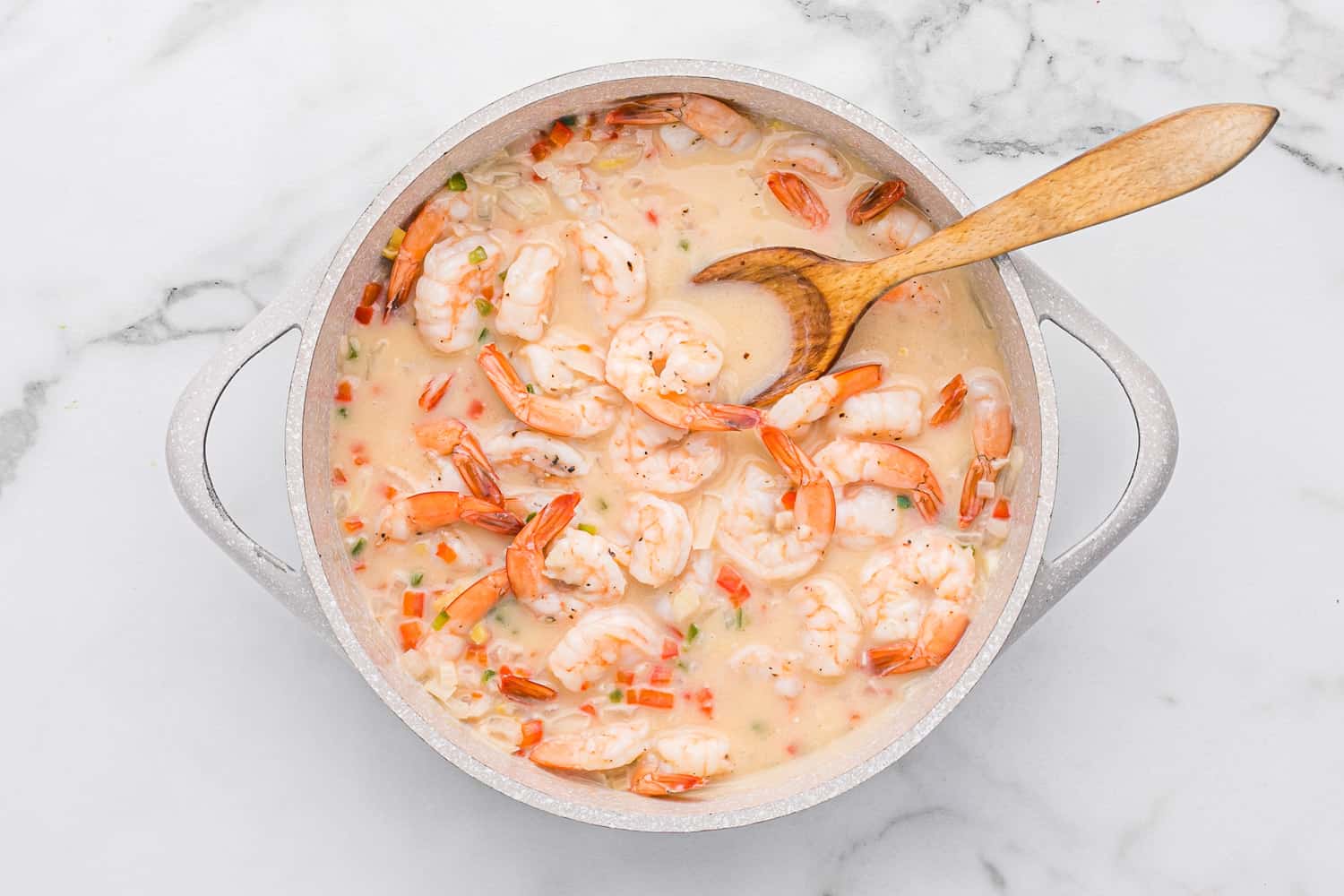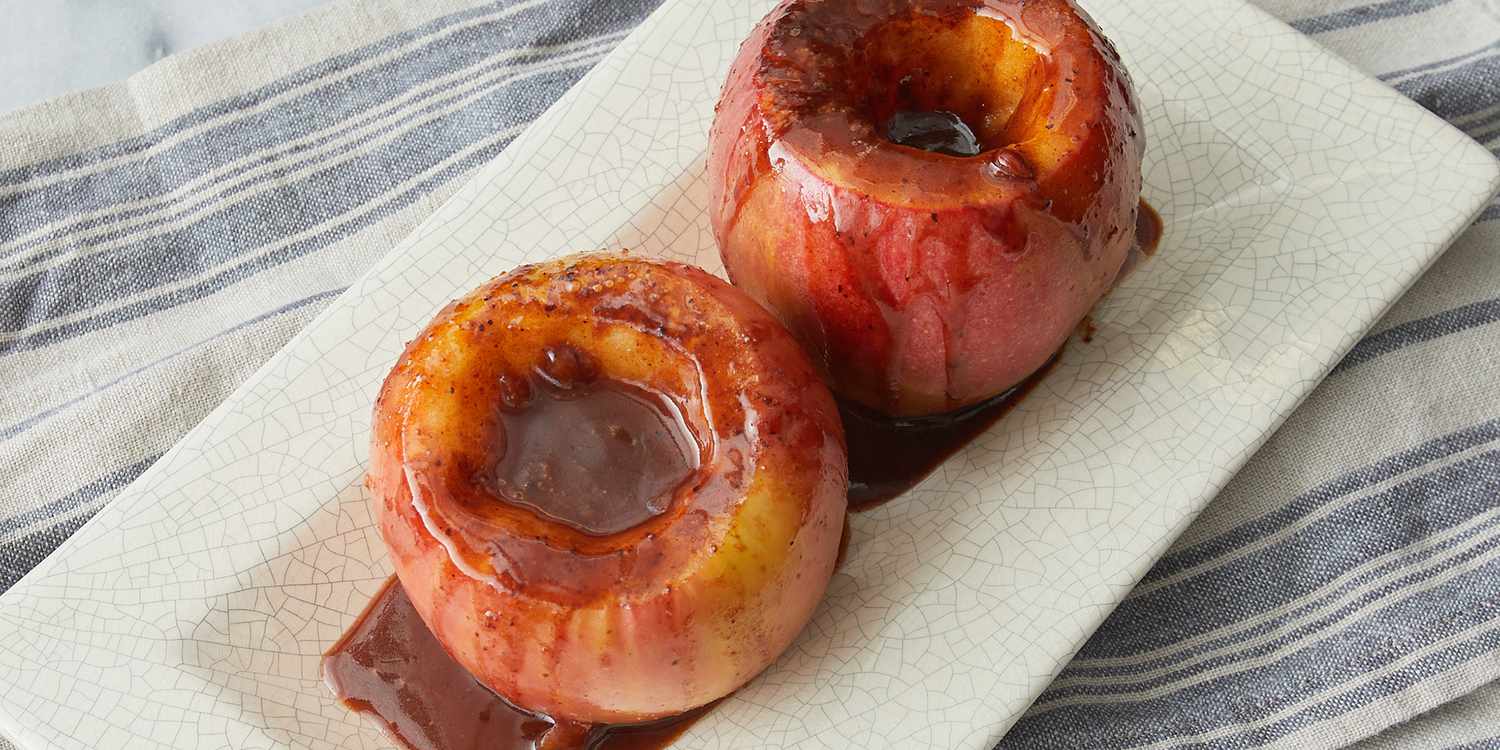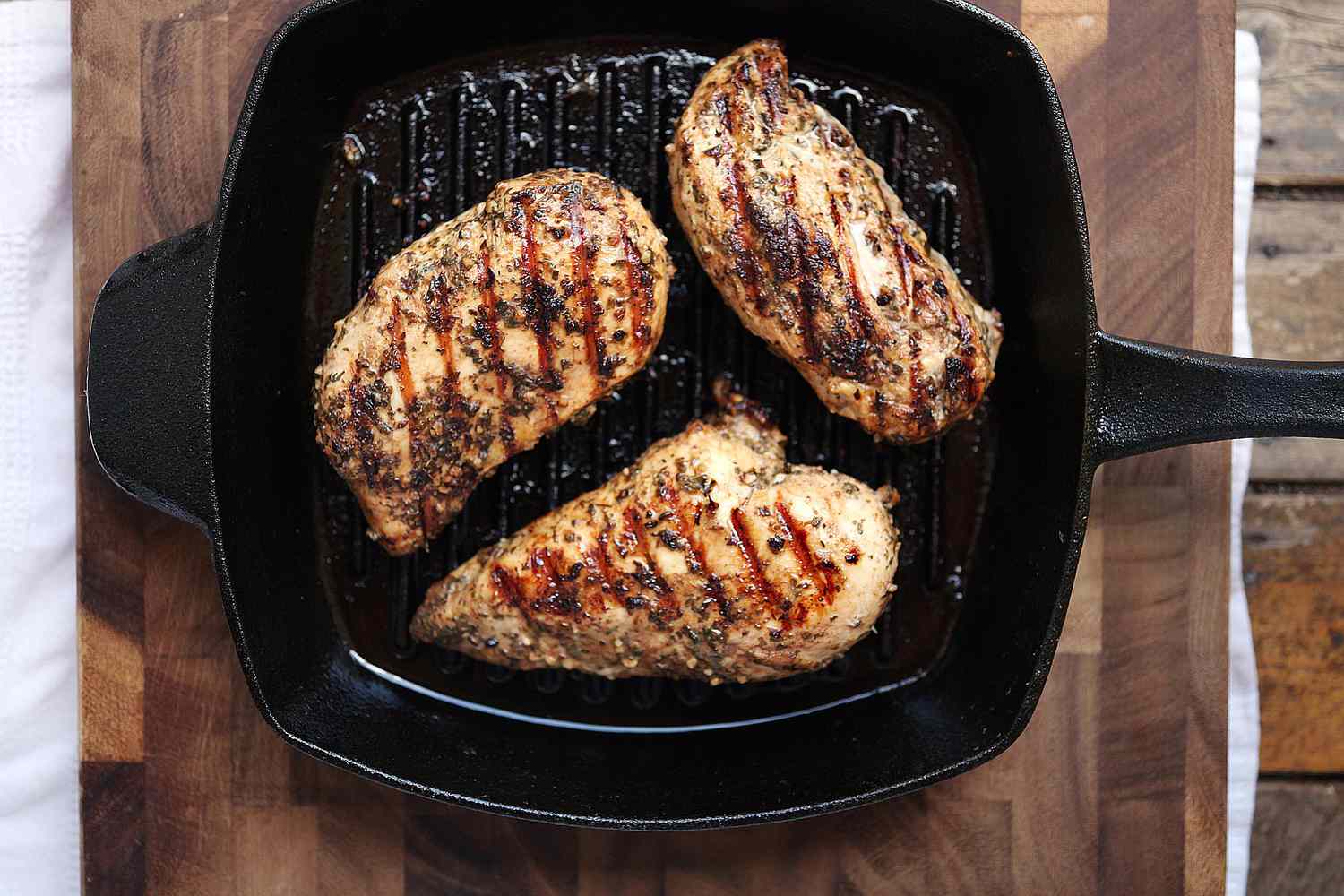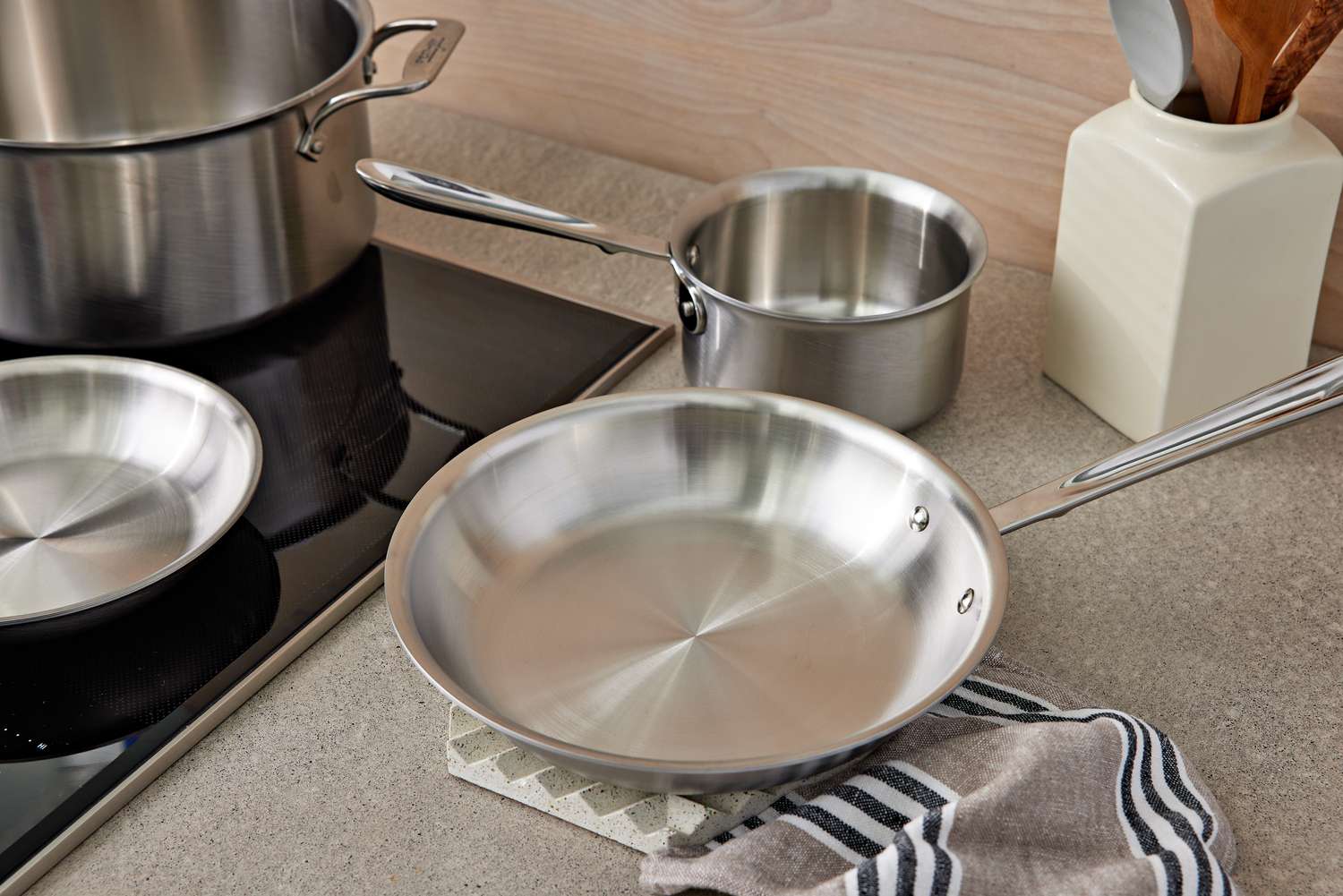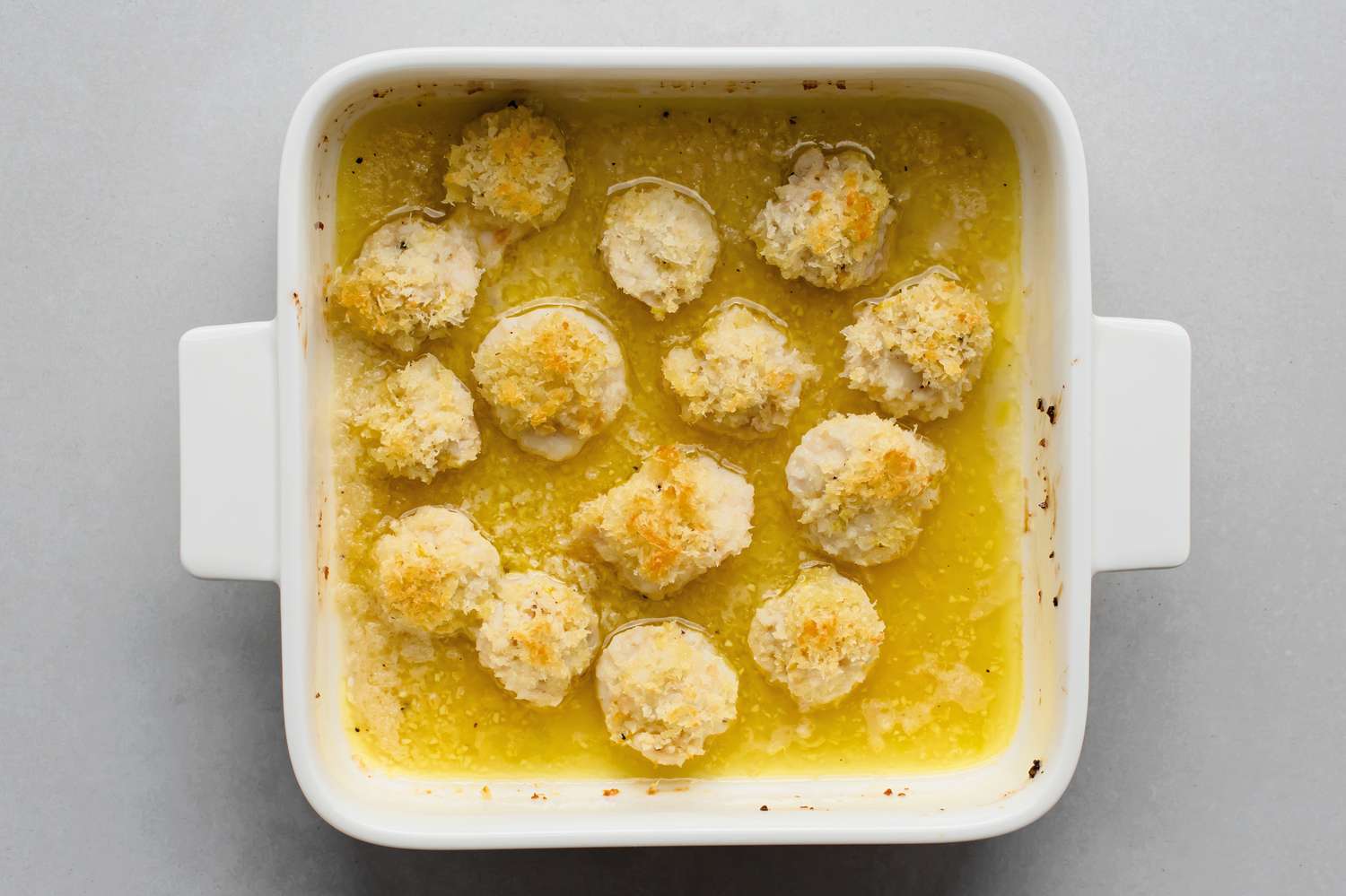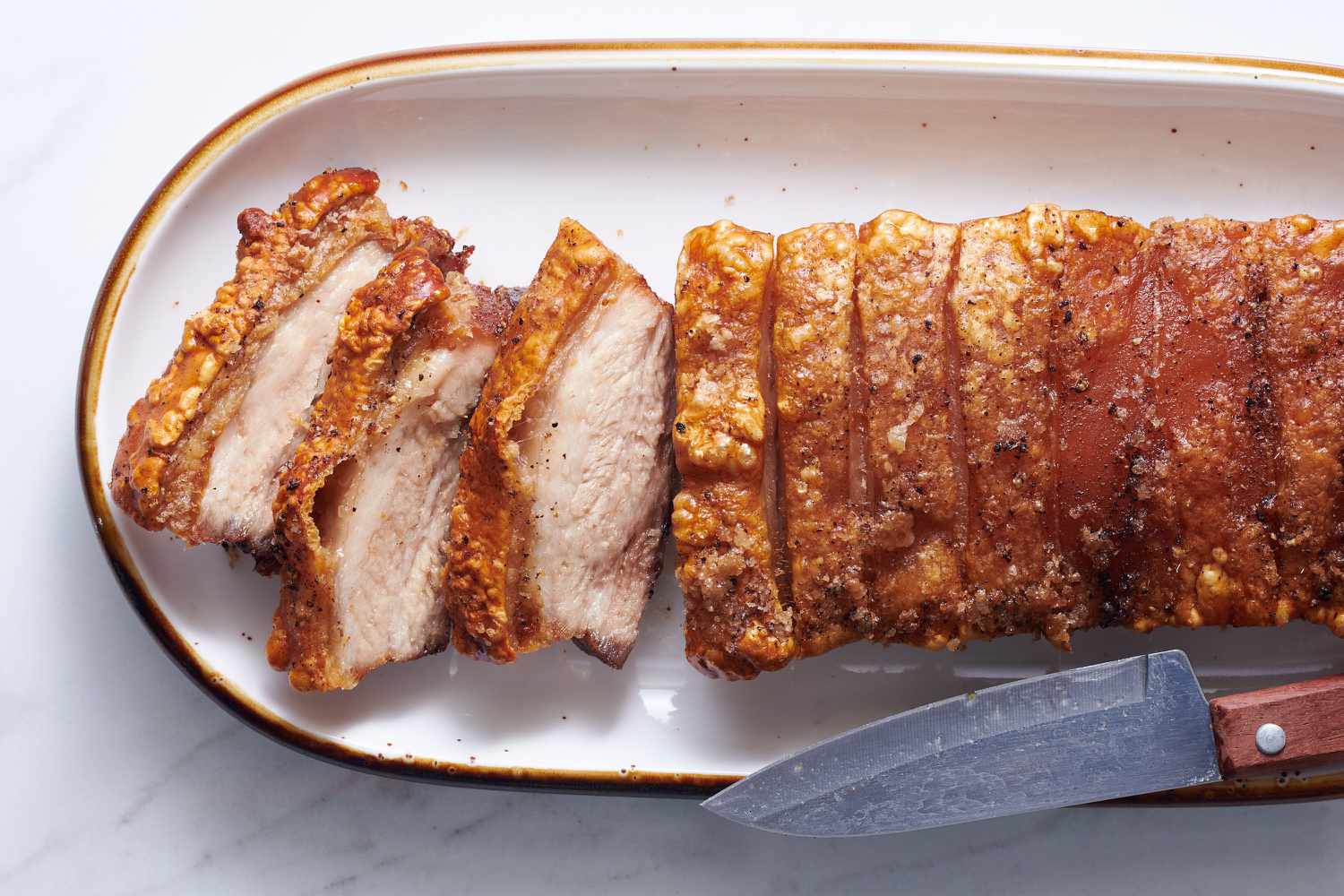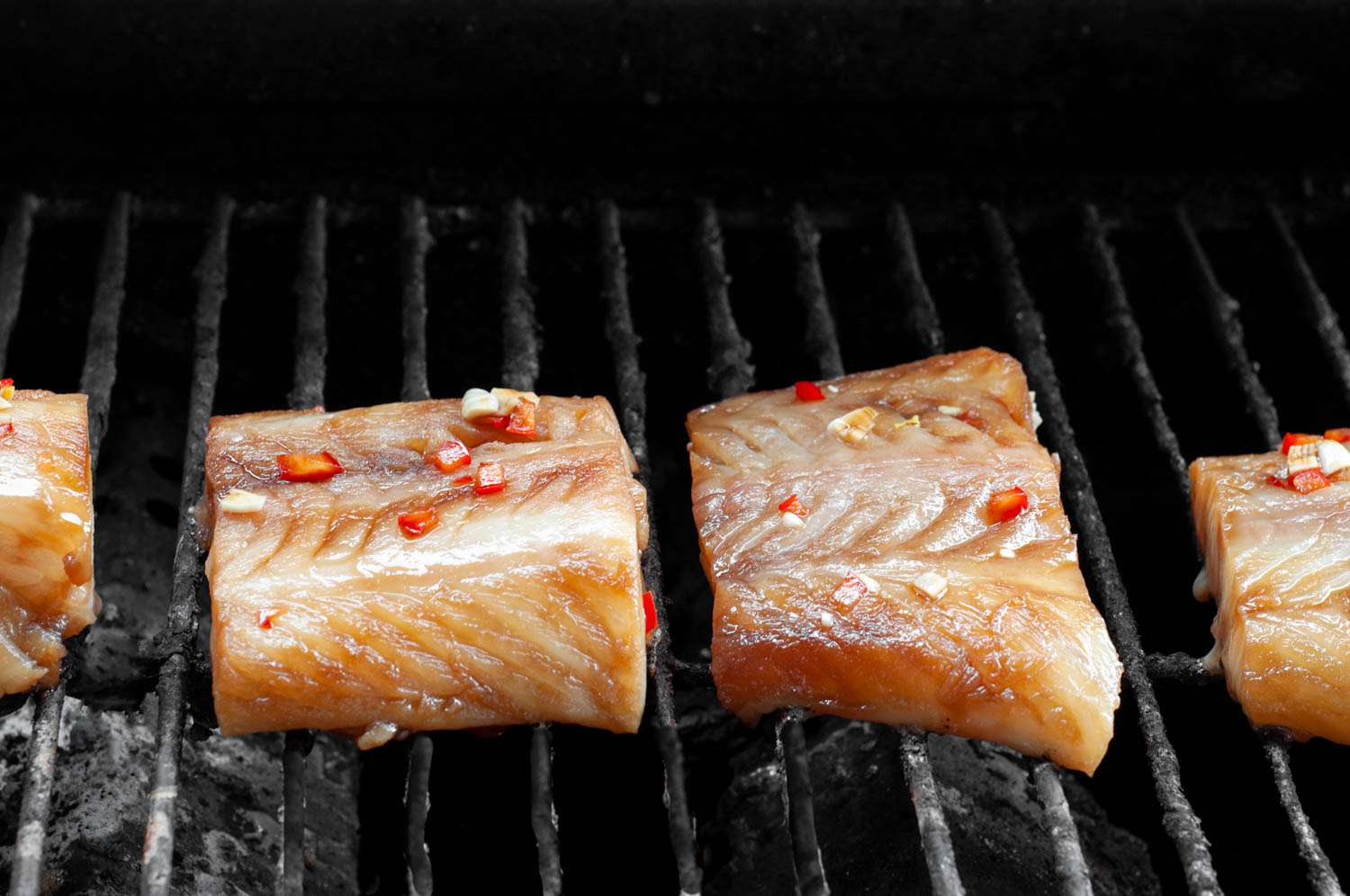How To Cook Raw Tuna: A Food Expert’s Guide
When it comes to enjoying the delicate flavors and tender texture of tuna, cooking it to perfection is key. In this article, we will delve into the art of cooking raw tuna, sharing expert tips and techniques that will elevate your culinary skills. So, grab your apron and let’s dive in!
1. Selecting the Freshest Tuna
The first step in cooking raw tuna is to choose the freshest fish available. Look for bright red or deep pink flesh with a vibrant appearance. Ensure that the fish has a mild, clean smell and firm texture.
- Opt for sushi-grade tuna, which has been handled and stored properly to guarantee freshness.
- Verify that the tuna has been previously frozen, as freezing helps eliminate any potential parasites.
2. Preparing the Tuna
Before cooking, it is crucial to take proper care in preparing the raw tuna:
- Thaw frozen tuna in the refrigerator overnight, ensuring it is completely defrosted.
- With a sharp knife, remove any skin, bones, or sinew from the fish.
- Cut the tuna into even-sized pieces, allowing for even cooking.
3. Marinating or Seasoning
While raw tuna has a naturally pleasant taste, marinating or seasoning can enhance its flavor profile:
- Create a simple marinade using a combination of soy sauce, sesame oil, ginger, garlic, and a touch of sugar.
- Alternatively, sprinkle the tuna with sea salt, ground pepper, and a squeeze of fresh lemon or lime juice.
4. Cooking Techniques
There are various methods you can employ to cook raw tuna, depending on your preference:
- Sear: Heat a non-stick skillet or grill pan over high heat. Brush the tuna with oil and sear each side for about 30-60 seconds, ensuring the center remains pink.
- Poach: Bring a pot of water to a gentle simmer and add salt and aromatics like bay leaves or herbs. Carefully lower the tuna into the water and cook for 1-2 minutes until it becomes opaque.
- Bake: Preheat the oven to 400°F (200°C). Place the marinated or seasoned tuna on a baking sheet lined with parchment paper and bake for 6-8 minutes until cooked through but still moist.
- Ceviche: For a refreshing twist, marinate the raw tuna in citrus juice (such as lime or lemon) for 30 minutes to an hour. The acids will effectively “cook” the fish, resulting in a tangy and tender dish.
5. Serving and Pairing
To truly relish the flavors of cooked raw tuna, consider these serving suggestions:
- Slice the cooked tuna into thin strips and arrange over a bed of fresh greens for a vibrant salad.
- Create an exquisite tuna tartare by finely dicing the cooked fish and mixing it with diced avocado, red onion, and a mixture of soy sauce, lime juice, and sesame oil.
- For a more substantial meal, serve the cooked tuna alongside steamed rice and roasted vegetables.
Now that you have learned the art of cooking raw tuna, it’s time to put your skills to the test and enjoy the delicious results. With a little practice and the right techniques, you can create stunning dishes that showcase the natural beauty of this marvelous fish. Happy cooking!
Was this page helpful?
Read Next: How To Cook Tuna Steaks On Stove Top


